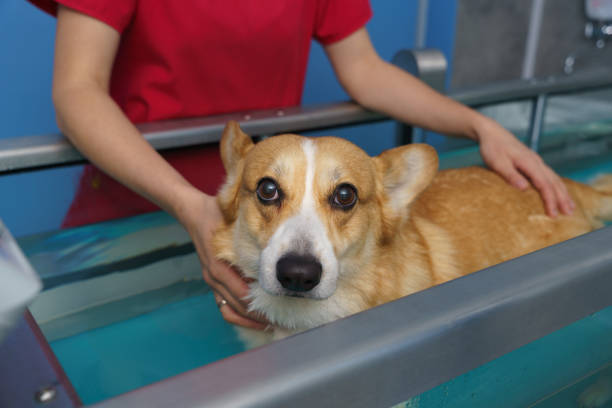Recognizing Behavioral Changes in Your Companion: When to Act
Noticing shifts in your companion’s behavior can be unsettling. This brief overview highlights common signs that warrant attention, from sudden withdrawal to changes in appetite or grooming, and outlines practical steps to assess causes and seek appropriate care to support your pet’s wellness.

Observing changes in a companion animal’s routine, temperament, or habits can signal anything from minor stress to an underlying medical condition. Early recognition helps owners act before problems escalate, whether that means adjusting enrichment at home, revisiting nutrition plans, updating vaccination status, or consulting a veterinary professional. Tracking patterns—when the change started, what coincides with it, and how long it lasts—gives clearer context for informed decisions and safer outcomes for both animal and owner.
This article is for informational purposes only and should not be considered medical advice. Please consult a qualified healthcare professional for personalized guidance and treatment.
How does behavior signal health issues?
Behavioral changes such as sudden aggression, increased hiding, pacing, or a loss of interest in play often reflect physical or emotional problems. Illness, pain, and parasites can alter activity levels and appetite, while environmental disruptions—moving house or a new companion—can provoke stress responses. Observe for concurrent signs like altered grooming, vomiting, or changes in elimination. Documenting specific behaviors and timing helps a veterinary team differentiate medical causes from situational or training-related ones.
When to consult a veterinary professional?
Seek veterinary advice when changes are abrupt, severe, or persistent beyond a few days, or when they follow trauma or toxin exposure. Routine veterinary checks, including discussions about vaccination, microchipping, and parasite prevention, are opportunities to raise behavioral concerns. Veterinarians can run diagnostics to rule out medical causes and recommend referrals to behaviorists if needed. Immediate consultation is warranted for dangerous behaviors, collapse, difficulty breathing, or visible signs of severe pain.
How does nutrition affect behavior?
Diet influences energy, mood, and cognitive function. Sudden appetite increases or refusals may indicate dental pain, gastrointestinal issues, or an underlying disease. Nutrient imbalances can also affect coat condition, activity levels, and even anxiety. Reviewing a pet’s nutrition with a veterinary professional or a qualified nutritionist can identify dietary adjustments that support overall wellness. For adopted or rescued animals, gradual dietary transitions can reduce digestive upset and stress during acclimation.
Can training and enrichment help?
Behavioral interventions often combine training, enrichment, and consistent routines. Positive reinforcement-based training reduces fear and builds desired behaviors, while enrichment—toys, scent games, environmental complexity, and habitat enhancements—addresses boredom and natural instincts. For animals with a rescue or adoption background, predictable schedules and gentle socialization help build trust. Enrichment also supports mental health during travel or confinement and complements veterinary care when medical issues have been addressed.
What role does grooming and parasites play?
Grooming changes—excessive licking, matted fur, or reduced self-care—may indicate pain, skin disease, or parasite infestations. Ectoparasites like fleas or mites cause irritation and behavioral shifts such as scratching, restlessness, or aggression. Regular grooming sessions help detect skin lesions, lumps, or parasites early. Parasite prevention and prompt treatment are part of a preventive care plan that includes vaccination and wellness checks to reduce disease risk and improve comfort.
How to balance safety, travel, and microchipping?
Behavioral changes related to anxiety can intensify during travel or after changes in routine. Preparing a pet for travel with gradual desensitization, safe carriers, and familiarity with the environment reduces stress. Microchipping and up-to-date identification aid recovery if a stressed animal escapes. Safety measures at home—secure habitats, supervised introductions to new animals, and child-safe interactions—help prevent incidents. For animals who resist handling, professional guidance can create safe, low-stress handling strategies.
Conclusion Recognizing and responding to behavioral changes involves careful observation, documentation, and a balance between addressing environmental, medical, and training-related factors. Regular wellness checks, preventive measures like vaccination and parasite control, appropriate nutrition, and enrichment all contribute to a companion’s stability. When in doubt, consult veterinary professionals and qualified trainers to develop a tailored plan that prioritizes safety, comfort, and long-term wellness for both the animal and household.





